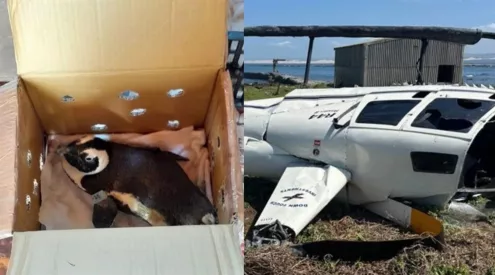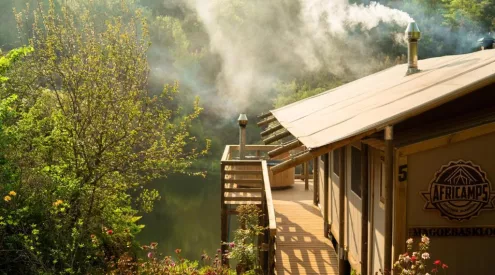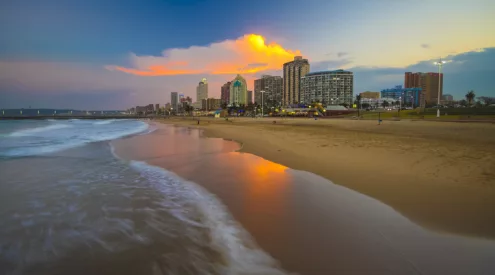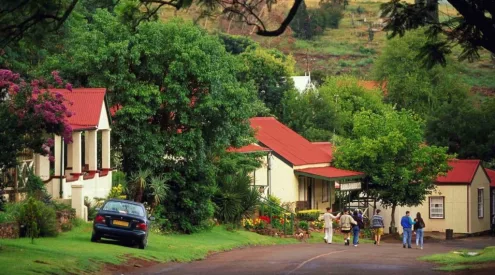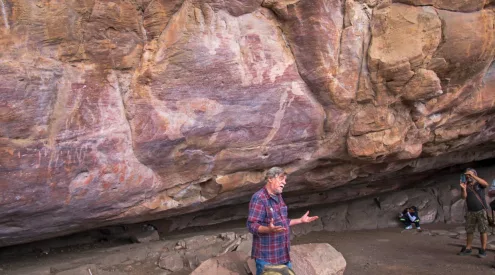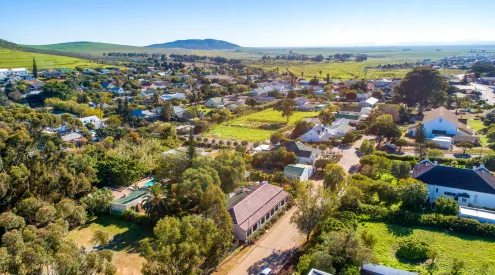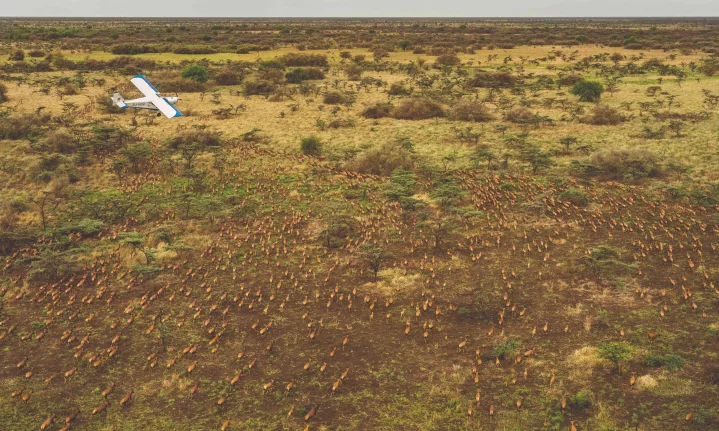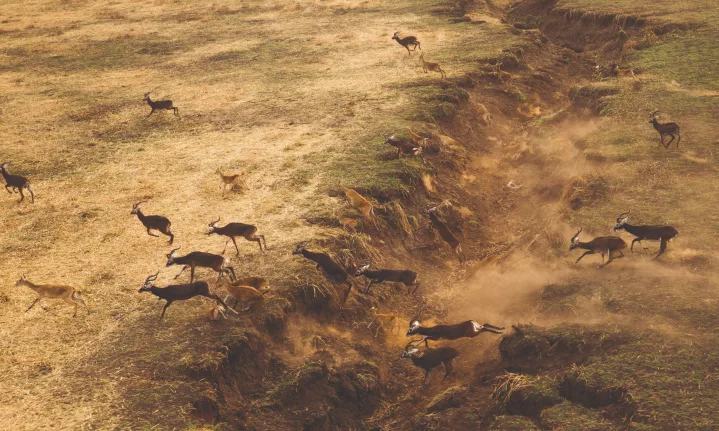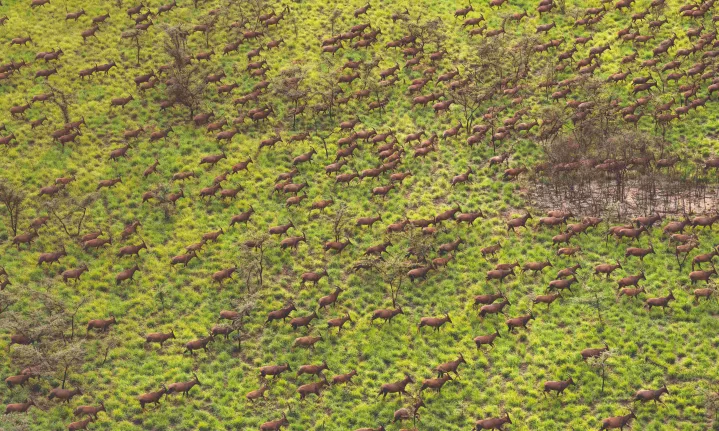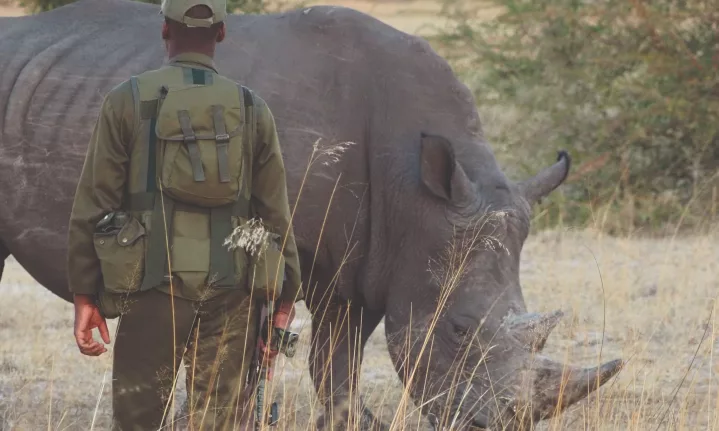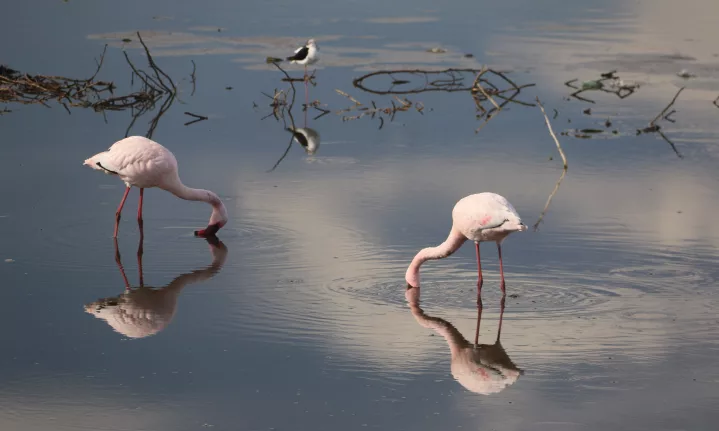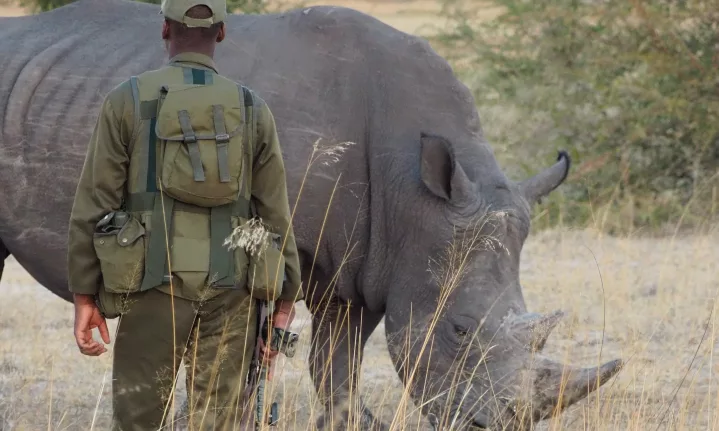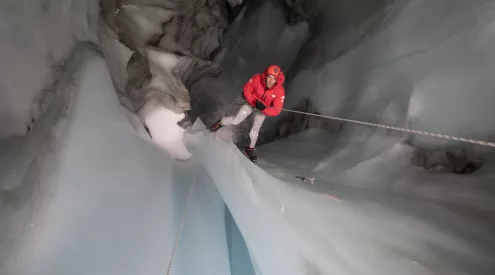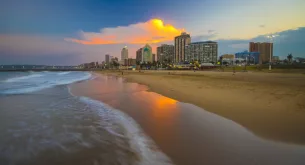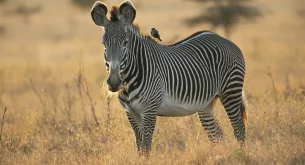Antelope on the Move
Words Lorraine Kearney Photography
South Sudan has an astonishing claim to fame
Make way, wildebeest, for the kings: it’s been confirmed that about six million antelope move from the southwestern regions to the northeastern wetlands across South Sudan from the Boma Badingilo Jonglei Landscape towards Gambella National Park in Ethiopia, in the biggest overland large mammal migration on Earth (a comparatively paltry 1.5 million wildebeest trek from the Serengeti to the Mara).
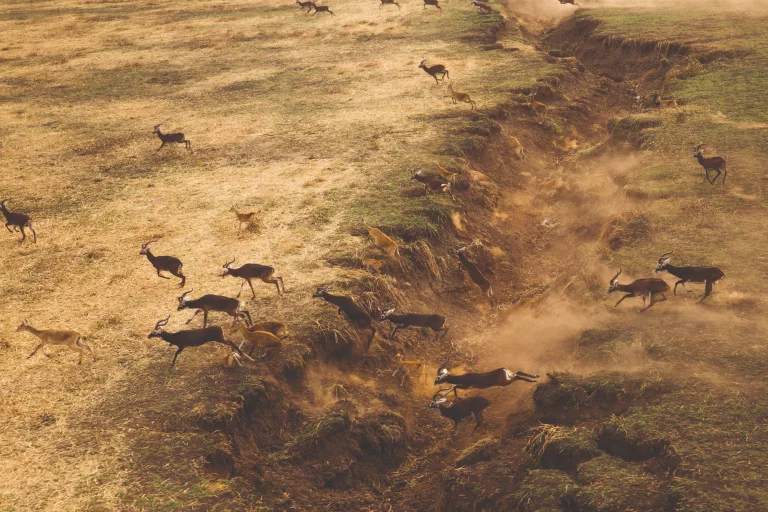
The movement patterns are influenced by seasonal changes but the movement itself is not restricted to a specific time of year – it’s pretty much continual.
The biggest mammal migration by far is Zambia’s annual bat migration, of course. Between October and December each year, about 10 million straw-coloured fruit bats (Eidolon helvum) descend into a tiny patch of evergreen swamp forest inside Kasanka National Park. But that is a story for another day.
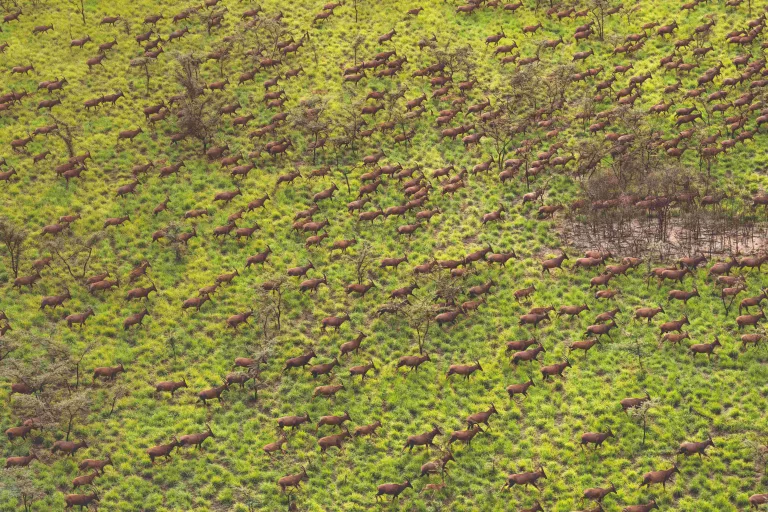
The incredible numbers of antelope, the main species white-eared kob, Mongalla gazelle, tiang and reedbuck, were confirmed by the first comprehensive aerial survey of wildlife in South Sudan, undertaken by African Parks in partnership with the government to ensure the region’s long-term sustainability.
It’s important: a comparison with studies from the 1980s shows substantial declines in most sedentary species including elephant, warthog, cheetah, hippo and buffalo. The area is vulnerable and unmanaged exploitation could trigger the collapse of migratory patterns, ecological integrity, and the livelihoods dependent upon them.
Many ethnic groups live in the region, including the Dinka, Murle, Anyuak, Jie, Toposa, Nyangatom, Nuer, Mudari, Bari, Lokyoya, Madi, Lolubo, Ari, Lopit, Latuka, Boya and Didinga. Each of these communities has deep cultural traditions, and their livelihoods are firmly embedded and heavily reliant on wildlife and the vast landscapes they inhabit.
The survey covered a 122 774 km2 contiguous block, encompassing the entire known range of the four main migratory antelope species. Data from 251 tracking collars placed on the antelope were also integrated into the assessment, to give a holistic understanding of the region’s ecological dynamics.
‘The results of this survey are nothing short of staggering,’ said Peter Fearnhead, CEO of African Parks. ‘The astonishing scale of the migration is only equalled by the responsibility to ensure that it survives into the future in an extremely complex landscape. Already the threats to the system are abundantly clear with commercial poaching of the wildlife at a scale that we have never witnessed before.’
Two planes were used to do the survey, each equipped with cameras that captured more than 330 000 images. A team of seven graduates from the University of Juba, trained in specialised software, meticulously analysed 59 718 photos across 64 transects, documenting wildlife presence.
Another remarkable discovery was made in the Boma Badingilo Jonglei Landscape recently – a herd of 250 to 300 elephants was spotted. Until now, only tracks from this group had been seen, making this a significant and hopeful sighting.
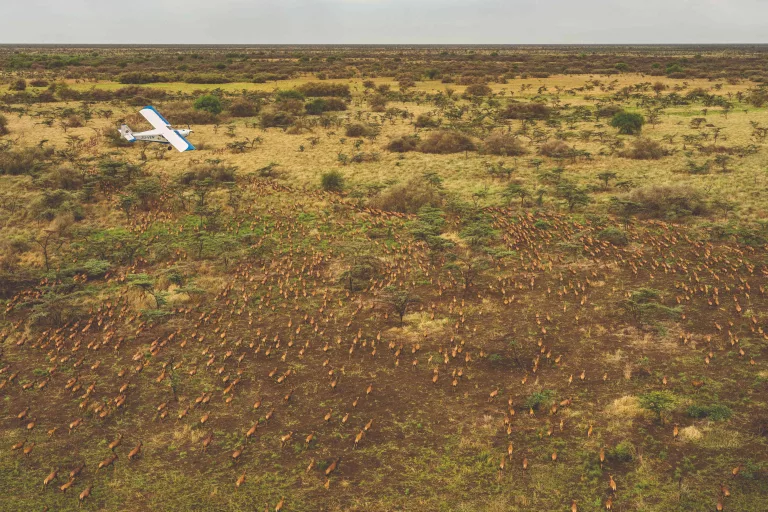
Rhino Love
The Power of a Dream
Two more rhinos join the successful community initiative on the Hwange border

OLYMPUS DIGITAL CAMERA
This month, the new Mlevu Rhino Sanctuary on the southern boundary of Zimbabwe’s famed Hwange National Park, welcomes two rhinos, following the introduction of two bulls to the first community rhino sanctuary, Ngamo, in May 2022 – Thuza and Kusasa. This is significant for several reasons: once home to a substantial white rhino population, the last one in Hwange was poached in 2007. This month, there will be four in the area.
Second, the sanctuaries are on the border of Hwange, on communal grazing land the communities allocated and entrusted specifically for rhino conservation. At Mlevu, three communities amalgamated their land for rhino conservation. The project is called the Community Rhino Conservation Initiative, and one of its partners is Imvelo Safari Lodges.
Third, community members have been rigorously trained by a former British Army soldier to form the Cobras Community Wildlife Protection scouts, who watch over the rhinos 24/7. The communities are deeply invested in these rhinos.
For Mlevu, a new batch of scouts has been recruited and trained, high-tech wildlife-proof fencing has been erected, boreholes have been drilled and equipped, a scouts’ base has been set-up (barracks, canteen, operations room) and scrub clearing has opened up even more grazing land for rhino.
Phase one of the initiative is a success, phase two is well under way – and further phases are planned as more communities sign up. Follow the journey on #hwangecommunityrhino.
www.hwangecommunityrhino.com
Insta: imvelosafarilodgeszim
FB: imvelosafarilodges
YouTube: ImveloSafariLodges
Small Pink Dots
Counting Flamingos in Makgadikgadi
Hundreds of thousands of the birds feed and breed on the pans
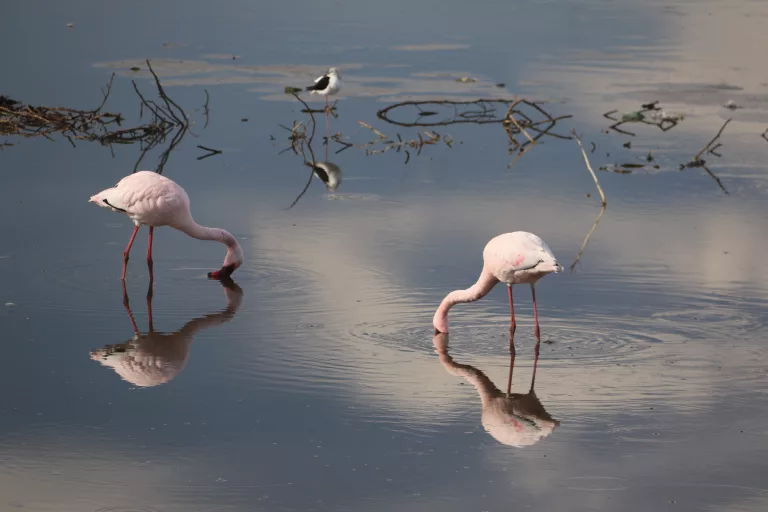
There are about 532 197 flamingos on the northern basin of Sua Pan, the eastern pan in the Makgadikgadi Pans in Botswana. It’s a lot of birds to count by hand – probably way too many. So that’s where artificial intelligence comes in handy.
Scientists from the University of New South Wales Sydney’s Centre for Ecosystem Science have used AI to accurately count the birds using aerial photographs collected in June 2019, making future surveying of numbers of this species – and potentially other bird and mammal species – much easier. Citizen scientist Mike Holding made the project possible, with the help of others, by rigging up a Cessna aeroplane and flying it systematically across the pans at a height of 500-600m and speed of 175-195 km/h, taking 3 715 photos.
It was a tricky business, given turbulence, but importantly, the machine learning was just as good as a small sample of photographs counted manually by one of the researchers who poured over the flamingo dots, counting each one.
The aim of the project is conservation, of course, as the Makgadikgadi Pans and Nxai Pan National Park and their flamingos are an important bird area, for lesser flamingos especially, which are Near Threatened on the IUCN Red List. ‘We need to protect the flooding regime, by making sure water from the Nata River in the north and other rivers to the Makgadikgadi Pans, such as the Boteti River, are maintained,’ said Professor Richard Kingsford, one of the authors of the study.
Fit For Royalty
Luxury in Zululand
Thanda Safari adds an ultra high-end safari offering
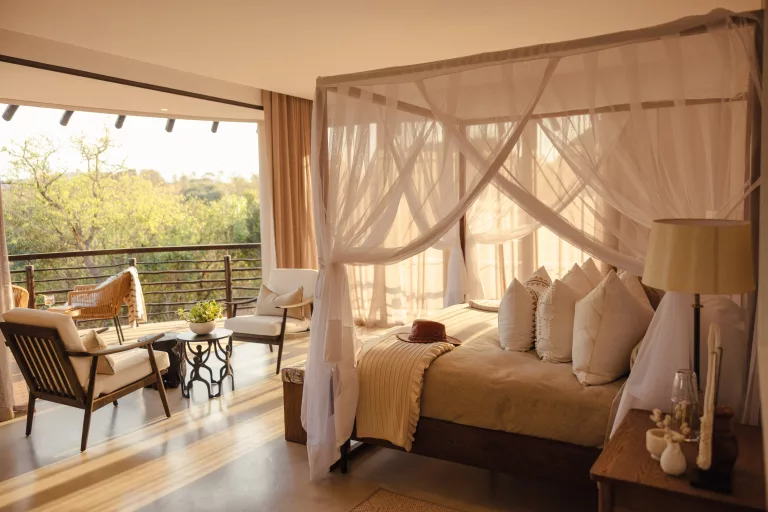
The Royal Thanda Club has joined Thanda Safari Lodge, Villa iZulu and Thanda Tented Camp at Thanda Safari, a Big Five reserve of 14 000 ha in Zululand. The club’s estate houses Royal Residences – there are four at present – owned by private families, but which are available to book for a luxe safari vacay.
The reserve’s attractions include the big five as well as plenty of other wildlife, Zulu culture and history, activities for children, spa treatments and loads of downtime. The Royal Residences are individually furnished according to the owners’ taste but each has a Zulu architectural theme and spirit. There are four and five suite options, ranging in size from 587 m² to 1 100 m² covered area.
But you’re getting absolute privacy and spectacular views. Along with lavish facilities and amenities, from private verandahs and air conditioning, to indoor and outdoor showers, private swimming pools and hot tubs and bomas and fire pits. Throw in a dedicated butler, private chef, personalised concierge service, hospitality staff, your own guide and tracker and game viewer.
You also get a one-hour photography lesson with Christian Sperka, Thanda’s resident specialist wildlife photographer (subject to availability), as well as movies under the stars (weather dependent) and stargazing.
Thanda Safari is a member of The Leading Hotels of the World.
A four-suite Royal Residence starts from R150 000 a night and includes all the amenities, all meals and selected beverages, game drives and bush walks.
www.thanda.com
Insta: thandasafari
FB: thandasafari


